Are you wondering how to create an
.npmrcfile and put anauthentication tokenfrom azure devOps for your team member’s development boxes? Do you have multiple scoped privatenpmregistries in your on-premise azure devOps artifacts feeds? This is a required tooling you must do when you are working on on-premise Azure DevOps server. Read this article to get your answers.
Introduction
In this article, I will focus more on restoring scoped node packages from local artifacts feed. I have myorg as my company which creates some npm packages which are not public called as sopedpackages. They are goin in local azure artifacts feed.
As a developer, I need to setup my npmrc file and it’s credential to install all of my scoped npm packages. Read to learn how to Set up npmauthentication on your dev box.
Why do you need .npmrc?
In order to publish or restore npm packages from either npmjs.com or your local azure devOps npm registry you need authentication. Azure devOpsnpm registry uses .npmrc file where you define your registry names and your authentication token.Learn more about .npmrc configuration files
vsts-npm-auth
Remember vsts-npm-auth can automatically add authentication token to npmrc if it has only one registry entry. In this article, I will explain you how to setup npmrc authentication for multiple registry npmrc file.Learn more here
What is Upstream sources in Azure DevOps?
If your project only depends on npm packages from npmjs.com. Then in that case you just create one upstream source in azure devOps server.Use packages from npmjs.com Learn more
In our discussion, we are talking about theScoped npm packages. Created locally for my company and published to azure artifacts feed.
Using NPM Scopes
Scopes are built into npm and are a way of grouping packages together. You can publish and download scoped npmpackages to/from your azure Artifacts feeds. There are benefits of using scoped packages and many company uses local scope and they publish their local npmpackages. We are doing the same.
Defining our scoped projects
Suppose, I have a project that depends on 2 scoped packages which are in my azure artifacts feed. @myorg-branding/logging and @myorg-customers/editorand it also depends on some packages from npmjs.com like lodash , jquery. Now in order to install my packages from local artifacts feed what do I need to do? How will I put authentication token such that I can download both private and public packages? Let’s see how can we setup our .npmrc file.
Step 1: Creating .NPMRC file for scoped packages.
I will use VSCode to create .npmrc file and edit.
- Open VsCode from
c:/users/<USERNAME> - Create a file
.npmrc
Next follow below instructions to get your authentication token and update.npmrc file.
- Go to your company’s Azure Artifacts, select Connect to feed.
- Select
npm. - Select
Otherin the Project setup section. Copy the credential text from step
Step 2: Generating Personal Access Token (PAT)
Next, we need to createPATand encode Base64 and add to .npmrc file. We will create one
- On the Connect to feed page click on Personal Access Token link. It will take you to page create new token and add new token.
- I will give the name
NPM-DEV - Keep the default collection
- Expiration choose
Custom definedand go for maximum ( which is 1 year expiry). Select 1 year time line.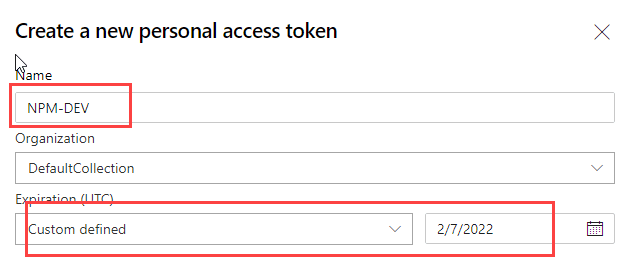
- Since this is for just development I will not check Build, Release, Test, Packaging etc. Select Custom defined, WorkItems Read write and manage, Code give full acess and select Create button.
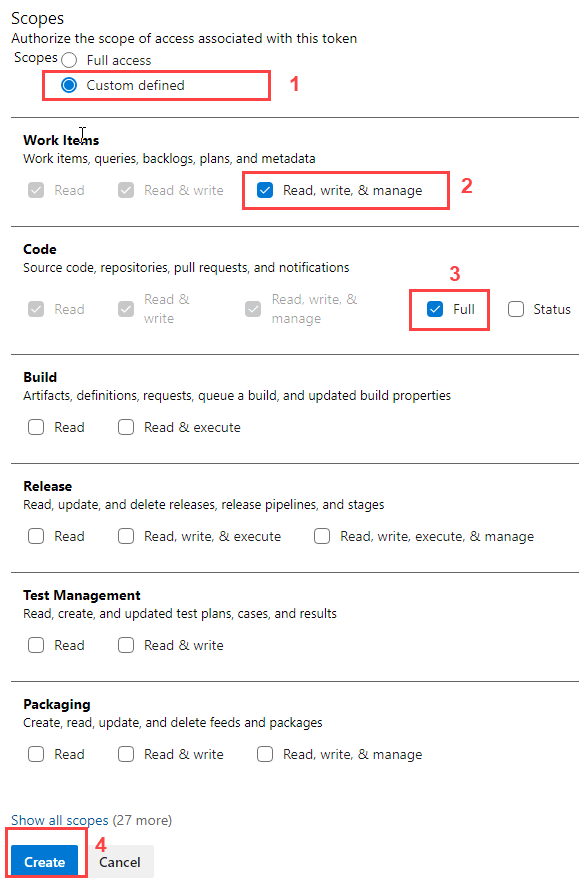
- Copy the token created and notice expiry is set for next year.

Note:💡 If you get authentication errors and can not install NPM packages with this credential try to give Full Access to your PAT and try again. You canEdit your PAT anytimeto give full access.
Step 3: Base64 encode the personal access token from Step 2
Don’t go internet and use online base64 creator to convert in base64. Because, someone can hack and take your organization PAT and misuse. To create base64 version of your PAT locally, run this command in PowerShell opened in admin mode. It will prompt PAT so enter the Authentication token that you get from Artifacts step 2. And then it will give you the base64 text. Copy the text you will need that in next step.
node -e "require('readline') .createInterface({input:process.stdin,output:process.stdout,historySize:0}) .question('PAT> ',p => { b64=Buffer.from(p.trim()).toString('base64');console.log(b64);process.exit(); })"
Step 4: Update npmrc file with Base64 PAT
Replace both [BASE64_ENCODED_PERSONAL_ACCESS_TOKEN] values in your user .npmrcfile with your personal access token from Step 3
Final NPMRC file
This is how your .npmrc file look like.
@myorg-branding:registry=http://myorg-tfs:8080/tfs/DefaultCollection/_packaging/NpmFeed/npm/registry/
@myorg-customers:registry=http://aicpa-tfs:8080/tfs/DefaultCollection/_packaging/NpmFeed/npm/registry/
always-auth=true
; begin auth token
//myorg-tfs:8080/tfs/DefaultCollection/_packaging/NpmFeed/npm/registry/:username=NPM-DEV
//myorg-tfs:8080/tfs/DefaultCollection/_packaging/NpmFeed/npm/registry/:_password=bKrmcXhrNUFwdG50ZGcydGJqY2JkcmZlNnY2b3ozemtpbDdtMmxtY3Nya2FtNG5ybjVjYQ==
//myorg-tfs:8080/tfs/DefaultCollection/_packaging/NpmFeed/npm/registry/:email=myorg@myorg.com
//myorg-tfs:8080/tfs/DefaultCollection/_packaging/NpmFeed/npm/:username=NPM-DEV
//myorg-tfs:8080/tfs/DefaultCollection/_packaging/NpmFeed/npm/:_password=axhmcXhrNXFwdG54ZGcydGJqY2JkcmZlNnY2b3ozemtpbDdtMmxtY3Nya2FtNG5ybjVjYQ==
//myorg-tfs:8080/tfs/DefaultCollection/_packaging/NpmFeed/npm/:email=myorg@myorg.com
; end auth token
Installing Scoped packages
Now you can open your project where you have scoped packages as well as public npm packages.
Then run npm install to install scoped packages and npmjs.com packages as well.
Should I create PAT and NPMRC for each member in my team?
The answer to this question is relative. However, I will prefer to do one PAT for entire dev team. So that one person can be authorized to maintain this PAT whenever expired that person can update the PAT.
Keep your NPMRC in your company’s shared folder so that all DEV team members can copy from there and drop it to%USERPROFILE%/.npmrc location.
Should I create new PAT and NPMRC for CI/CD?
For BUILD and release CI/CD, I would prefer creating separate PAT to keep things separate. Feel free to use same if you have given Full Access or you don’t want to keep separate.
Like I said the answer to these questions are relative. There is no right or wrong.
How many .npmrc files I should have in my Team?
I would say minimum 2:
- One for developers (
npm-user) - One for CI/CD (
npm-cicd)
How do I update the PAT after expiry?
You can assign one person in the team who will put a calendar and remind him/herself to update the PAT one month before it expires. S/he will Edit the PAT and extend the date for next year.
- Go to PAT list page http://myorg-tfs:8080/tfs/DefaultCollection/\_usersSettings/tokens
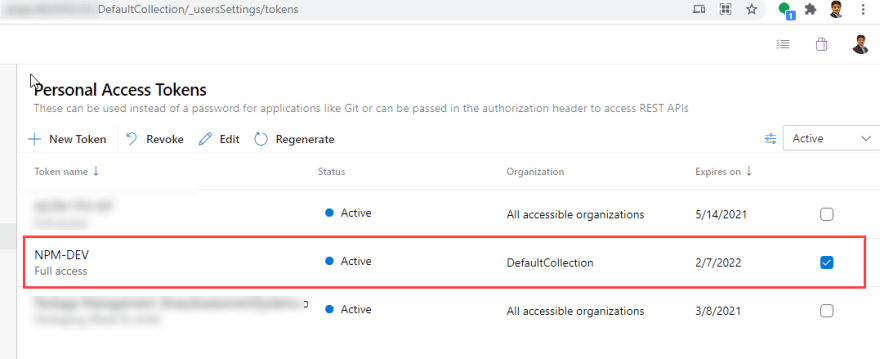
- Select NPM-USER,
- Select Edit button

- Change the date for next year to expire
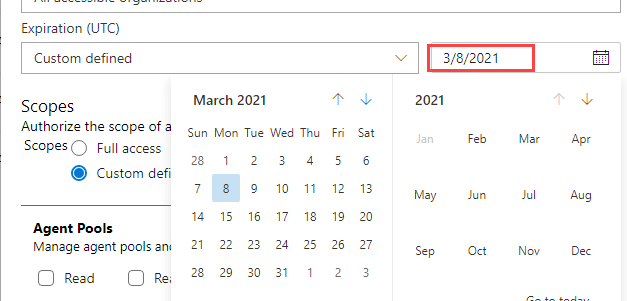
- Select Save Button
References
- Use npm scopes
- Upstream sources
- Set up authentication on your dev box
- Then follow the step 3 to create base64 token and update npmrc file.
Become full stack developer 💻
I teach at Fullstack Master. If you want to become full stack developer and grow your carrier as new software developer or Lead Developer/Architect. Consider subscribing to our full stack development training programs. You can enroll to All-Access Monthly membership plans to get unlimited access to all of our video courses, slides, source code & monthly video calls.
- Please subscribe toAll-Access Membership PRO plan to access current and future angular, node.js and related courses.
- Please subscribe toAll-Access Membership ELITE plan to get everything from PRO plan. Additionally, you will get access to monthly live Q&A video call with Rupesh and you can ask doubts/questions and get more help, tips and tricks.
You bright future is waiting for you so visit todayFullstackMaster and allow me to help you to board on your dream software company as a Developer,Architect or Lead Engineer role.
💖 Say 👋 to me! Rupesh Tiwari www.rupeshtiwari.com ✉️Email Rupesh Founder of Fullstack Master



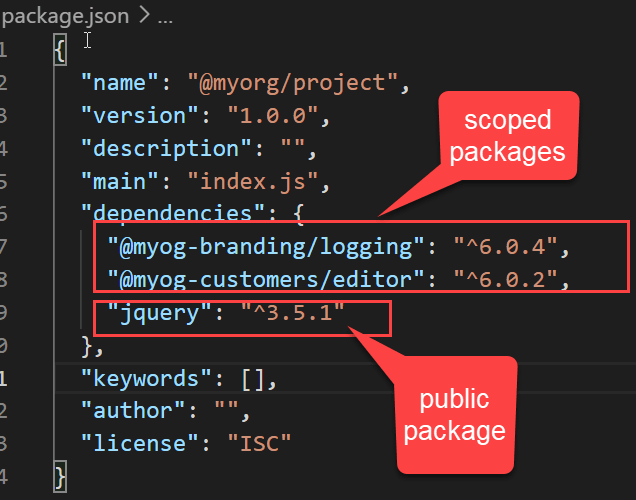
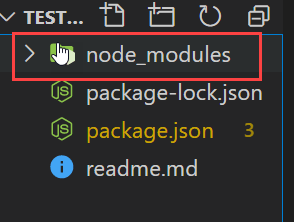





Top comments (0)